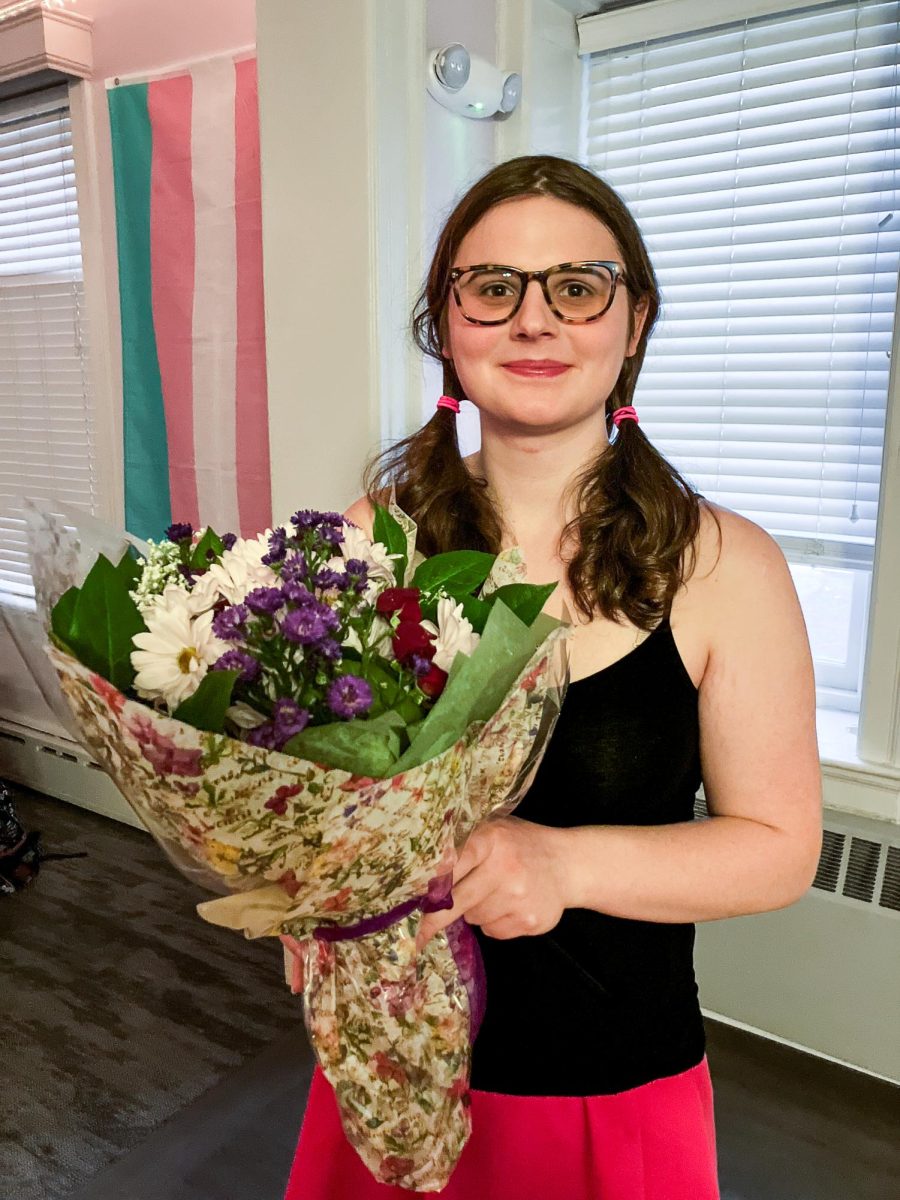Samantha Ganser ’23 collaborates with faculty to teach experimental design to physiology students
Samantha Ganser ’23 and her faculty collaborators gave students the opportunity to build research and design skills in their recent experiment. (Photo courtesy of Samantha Ganser ’23)
December 3, 2021
Few undergraduate students can call themselves published researchers. Thanks to a collaborative study with Chemistry Professor Justin Hines and Biology professor Mike Butler, Samantha Ganser ’23 now can.
The purpose of Ganser’s study was to assess methods of teaching research and design. The study served a double purpose: immerse students in an upper-level physiology class in experimental design and allow for Samantha and her collaborators to collect data on how students learn. Therefore, students in the class were both subjects and researchers.
The research was conducted on West African “miracle fruit,” which causes subsequently consumed sour foods to taste sweet.
“Miracle fruit is a fruit that, when you eat it, there’s a protein in it that binds to your taste receptors and changes the way other foods taste, and it’s pH-dependent,” Ganser explained. “So this is an interesting way for students to investigate pH and other biochemical mechanisms on their own and do some independent research within their class. We were studying how students learn experimental design during that process.”
In October, the study was published in CourseSource, an open-access, peer-reviewed journal. Despite having less experience than her collaborators, Ganser wrote the accompanying scientific article.
According to Ganser, the physiology class was chosen because Hines and Butler noticed a gap in these students’ knowledge of experimental design. Ganser said in lower-level classes, there is a misplaced focus on teaching content rather than experimental design.
“By the time you get to senior classes, there’s a gap in knowledge about actually designing and conducting experiments,” she said.
The students in the study learned the scientific process from start to finish, from writing a hypothesis and proposing a scientific question to actually carrying out the experiment and analyzing data.
According to post-study data, the study had the intended results. Post-study surveys reported a statistically significant increase in almost every metric that measures understanding of research and design. In addition to core principles of experimental design, participants reported an increased understanding of multidisciplinary approaches to natural phenomena and particular methods of dealing with difficult variables.
The study was also a learning experience for Ganser.
“[Butler and Hines] are both really great mentors, and I’ve been able to learn a lot from them,” Ganser said.
“I think the best part has been the amount of freedom that they’ve given me in terms of directing the work on my own,” she added. “We hope that by sharing it [on CourseSource], we can make an impact on professors at other schools as well.”

























































































































